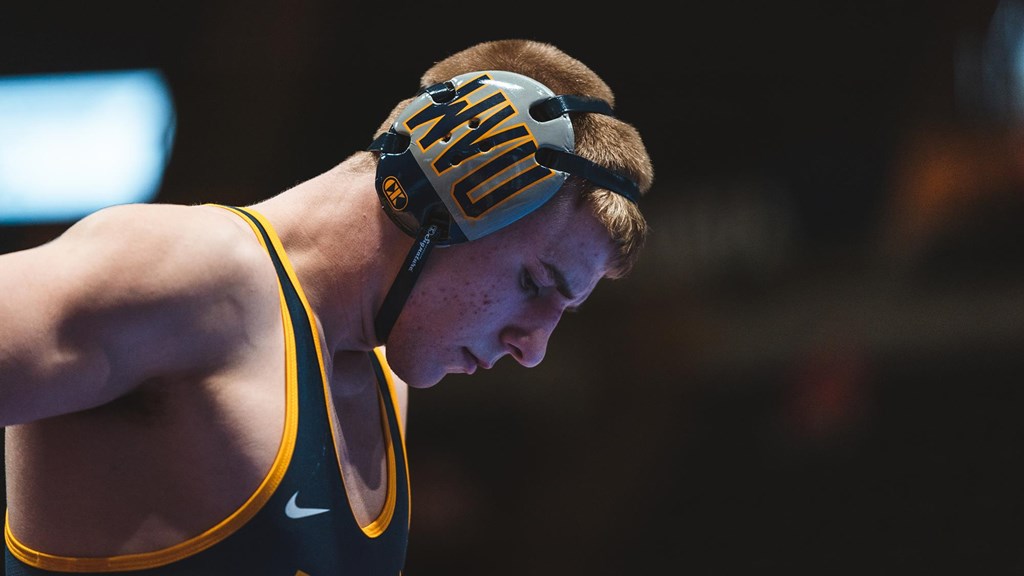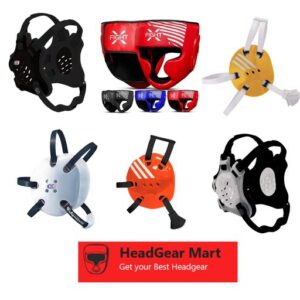TABLE
Introduction
Wrestling is a physically demanding and competitive sport that has gained popularity around the world. To ensure the safety of participants and maintain a fair playing field, wrestling headgear regulations are in place, including those related to wrestling headgear. In this article, we’ll delve into the importance of wrestling headgear, the regulations surrounding its usage, and its impact on the sport.
Why Wrestling Headgear Matters
Protecting Against Injuries
Wrestling is a sport where athletes engage in intense physical contact, and head injuries can occur. Headgear provides a layer of protection against abrasions, lacerations, and even more severe injuries like cauliflower ear—a condition where the ear becomes deformed due to repeated trauma. By wearing headgear, wrestlers can reduce the risk (Benefits) of such injuries and ensure their long-term well-being.

Preventing Unfair Advantages
Headgear also plays a crucial role in maintaining a level playing field. Hair length and texture can vary among wrestlers, and without proper regulation, some individuals might have an unfair advantage. Headgear helps to control hair and prevent it from becoming a distraction or giving an unfair grip to the opponent.
Wrestling Headgear Regulations
Types of Headgear
There are various types of wrestling headgear, each designed to provide adequate protection while adhering to specific regulations. These include:
1. Full-Coverage Headgear
Full-coverage headgear provides extensive protection to the ears, skull, and forehead. It is often recommended for beginners and wrestlers with a history of ear injuries.
2. Cliff Keen Signature Headgear
This type of headgear features a unique design that covers the ears without obstructing hearing. It’s a popular choice among experienced wrestlers.
3. Soft-Shell Headgear
Soft-shell headgear is more flexible and lightweight, offering a balance between protection and comfort. It’s a favored option for wrestlers who prioritize agility.
Usage Regulations
1. Mandatory Equipment
In most wrestling competitions, wearing headgear is mandatory. This rule applies to athletes of all skill levels, from school-level matches to international tournaments.
2. Proper Fit
Headgear must fit securely and comfortably on the wrestler’s head. Straps should be adjusted to prevent the headgear from shifting during a match.
3. Inspections
Before a match, referees and officials inspect the headgear to ensure it meets safety standards. Any headgear that is deemed unsafe or non-compliant may result in disqualification.
The Impact on Wrestling
Wrestling headgear regulations have a profound impact on the sport. They create a safer environment for participants, encourage fair play, and contribute to the overall image of wrestling as a well-regulated and respected sport.
Conclusion
Wrestling headgear regulations are not just a formality; they are essential for the safety and integrity of the sport. By requiring athletes to wear approved headgear, wrestling organizations demonstrate their commitment to preserving the well-being of competitors and maintaining a level playing field. As wrestling continues to evolve, these wrestling regulations will undoubtedly play a significant role in shaping the sport’s future.
FAQs About Wrestling Headgear Regulations
- Is wrestling headgear only for professional wrestlers?No, wrestling headgear is required in most wrestling competitions, regardless of the skill level of the participants.
- Can wrestlers customize their headgear?While some customization is allowed, modifications must not compromise the safety or compliance of the headgear.
- Are there specific brands of headgear that wrestlers must use?Wrestlers can choose from a variety of approved headgear brands, ensuring they meet the required safety and design standards.
- What happens if a wrestler’s headgear falls off during a match?If a wrestler’s headgear comes off during a match, referees will stop the match temporarily to allow the athlete to adjust or fix the headgear.
- Do wrestling headgear regulations vary by age group?While some minor variations might exist, the core regulations for wrestling headgear generally apply across different age groups to maintain consistency and safety.


